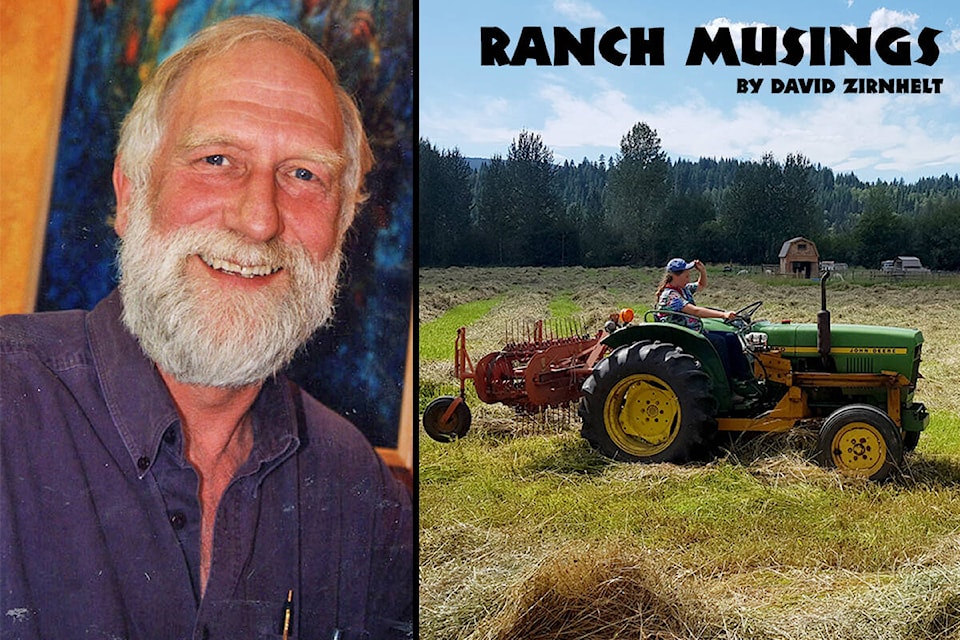Recently, on holiday, I have been reading quite a few assessments about the future of the cattle sector in North America. Fortunately, the predictions are somewhat favorable.
Of course, everyone in the business or wishes to be in the business will do their own research, run their own numbers and come to their own conclusion.
Consumer demand for beef is strong—picture meatloaf—thanks to the ground beef market. North American supplies (price-setting is mostly the US supply and demand).
For the B.C. industry some indication of the market will likely be given at the annual meeting of the Cariboo Cattlemen when they meet in Williams Lake Thursday, Feb. 16 by the general manager of the BC Livestock Co-op, a marketing co-op, Cordy Cox-Ellis.
My reading tells me that smaller North American supplies of cattle are expected from 2023 to 2025. Including the past year, this would be four years of decent incomes. This should result in finishing sector having some leverage on the processing and retailing sector.
The big finishing feedlots have had low profitability and they establish, through their buying, the price a rancher gets for the calves, and the cattle “back-grounded” and ready for finishing and slaughter.
A reminder about the cost structure tells us that of the cost of production 61 per cent are cash costs—including the value of forage produced, 10 per cent is depreciation of equipment and aging breeding stock, and 28 per cent is opportunity costs, for example cost of capital or what you could rent land for.
Inflation is going to increase the cost of production so ranchers mostly can try to reduce the cost of feeding cattle.
Changing the product, for example finishing cattle, and selling into a local direct market might improve the price one gets but otherwise the big commodity market (urban consumers) gives us the price, making us price-takers instead of being “price setters.”
If one gets into local marketing, it is wise to produce a product that rivals grain-fed beef which is not easy to do profitably. Higher margin years such as we are in should leave us with retained earnings.
Whatever one does with these earnings, it is a good idea to examine proposed capital purchases (repairing, replacing aging equipment) to ensure a return on that investment. If it is an investment in savings start accumulating set asides for retirement.
Your accountant, bank, and financial advisors all need to be part of your team for running the business.
This should be a time of retained earnings, recent and the next few years in the cattle business.
Read More: RANCH MUSINGS: Thoughts on growing feed for livestock
Do you have a comment about this story? email:
editor@wltribune.com
Like us on Facebook and follow us on Twitter.
